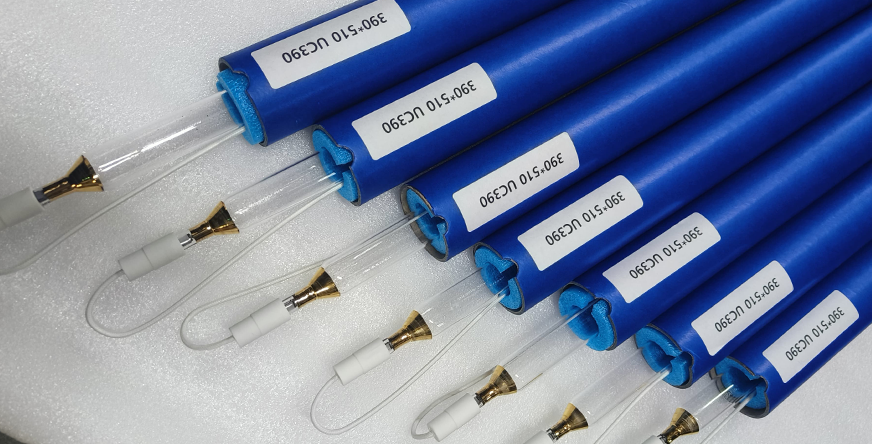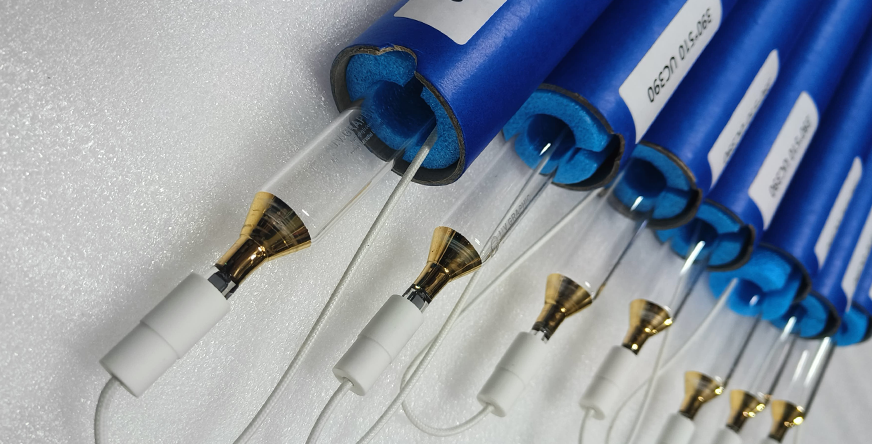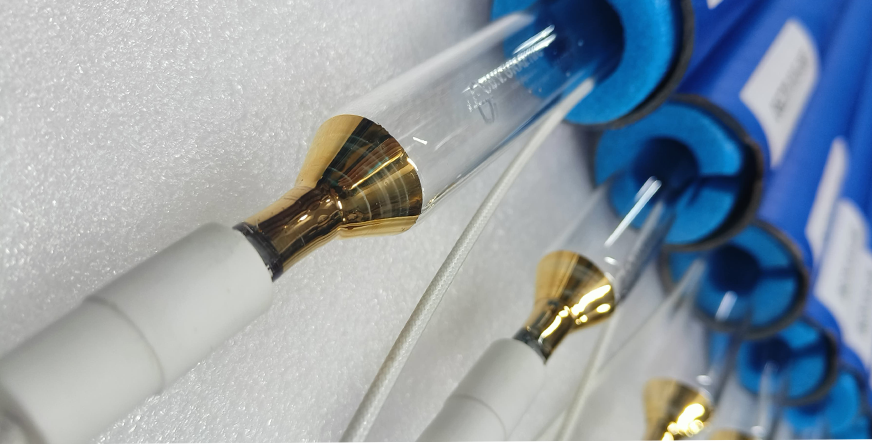
Ultraviolet (UV) lamps are specialized light sources that emit UV radiation, a form of electromagnetic energy with wavelengths shorter than visible light but longer than X-rays. These lamps are widely used in industries ranging from healthcare to manufacturing due to their ability to disinfect, cure materials, and initiate chemical reactions. UV lamps come in various types, including low-pressure, medium-pressure, and LED-based models, each tailored for specific applications.






| Feature | Low-Pressure UV Lamps | Medium-Pressure UV Lamps | UV LED Lamps |
|---|---|---|---|
| Wavelength | Fixed, 254 nm | Broad spectrum | Tunable, 265-280 nm |
| Energy Efficiency | High | Moderate | Very High |
| Lifespan | 5,000-10,000 hours | 1,000-3,000 hours | 20,000-30,000 hours |
| Applications | Disinfection, sterilization | Curing, drying | Portable devices, precision tasks |


UV lamps represent a cornerstone technology with applications spanning numerous industries. Their ability to disinfect, cure, and perform specialized functions underscores their importance in modern systems. By understanding their features, specifications, and benefits, users can leverage this technology effectively while staying ahead of emerging trends. Whether in healthcare, manufacturing, or environmental protection, UV lamps continue to illuminate the path toward efficiency, safety, and innovation.
Yes, U.V Graphic Technology Private Limited specializes in offering customized solutions to meet specific client requirements. Whether it's machine size, speed, or additional features, we tailor our products to suit your needs.
Yes, we offer tailored solutions to meet your specific production needs. From machine size to additional features, our team can design and manufacture machines as per your requirements.
Our flexographic printing machines can print on materials such as:
• Paper
• Plastic films (PE, PP, PET)
• Aluminum foil
• Laminates
• Corrugated sheets
Yes, our machines are designed to handle water-based, UV-curable, and solvent-free inks, making them suitable for eco-conscious businesses.